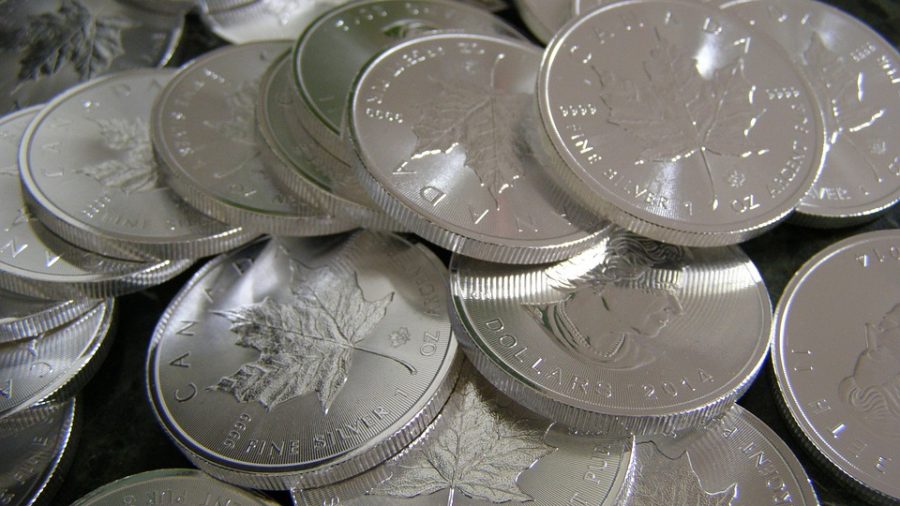Recently, platinum coins have become more popular in the West, with most of the interest coming from Japan. Analysts think that the lack of good buy-back offers from retail dealers is the reason why spot prices are so high and selling prices are so low.
With a 20% sales tax on buying platinum coins, European investors have to pay more than twice as much to trade.
Still, there is a way to avoid having to pay VAT on platinum. You’ll also save money when you trade because you’ll pay a fraction of what you would for coins. Then, you can sell at full market value and at actual prices whenever you want.
Platinum Coins Have Been Used As Money For A Short Time
Platinum wasn’t discovered until the middle of the 1800s, but it is now used in many different and important ways in the transportation, energy, chemical, and medical industries.
Platinum is still a smaller investment market than gold or silver because it hasn’t been used as money for as long. Coins only make up a small part of that, as little as one-tenth most years.
This is because platinum coins are still very expensive for investors and there isn’t a steady supply because there isn’t much demand and there aren’t many coins in stock.
On the other hand, some investors choose to buy small coins made of platinum. Because they usually weigh more than 1 Troy ounce, which is the standard for platinum coins, these coins cost less per gramme and are cheaper to make.
Private people, on the other hand, have fewer options and less access, and the costs are still high compared to other investments.
Another Way To Buy Platinum Is With A Credit Card

Because these costs make coins so much more expensive, only about 5% of the platinum that is mined each year is used to make products for retail investors. The other 95% is used for physical purposes. Specialized companies turn it into products that people need to live in the modern world.
In order of how much platinum is needed, the jewelry industry, making chemicals, making medicines and biomedics, refining oil, making glass, making electronics, and even fuel cells, which use “clean energy” instead of carbon-burning engines, use the most platinum today.
When buying new materials to make their products, these users don’t pay an extra 5% on top of the spot price, like people who buy micro platinum Coins do.
Platinum refiners wouldn’t take the 3 percent discount that coin investors were offered when they sold a catalyst from a junked car or a thermocouple from a petrochemicals plant that had been refined.
Instead, these professional platinum users get the best deals and prices when they trade large amounts of platinum. The “spot price” of platinum is set by the market for huge bullion bars that weigh between 1 kilogramme and 6 kilograms (32 to 193 Troy ounces).
All retail investment products are either sold at a premium or bought back at a discount compared to the “spot price.”
How Does The Platinum Market For Large Bars Function?
Every gram of gold in BullionVault is kept in the form of a huge wholesale bar that meets the Good Delivery standards of the London Platinum and Palladium Market, a professional trade group (LPPM).
Once made, each huge bar of platinum must be stored in a way that is okay with the market. This is cheaper than properly storing and insuring high-value coins at home, and it is fully insured for a fraction of the cost of renting a safe-deposit box.
Not only do these vaults save you the trouble, time, and money of finding a safe place to store your valuables elsewhere, but they also offer two important benefits:
Good Delivery Platinum coins are guaranteed to be of high quality because they are kept in approved storage until they are sent to their final user.
That is, they sell for the full market value, unlike coins that were sold at a discount when they were used by private people outside of the professional circuit.


